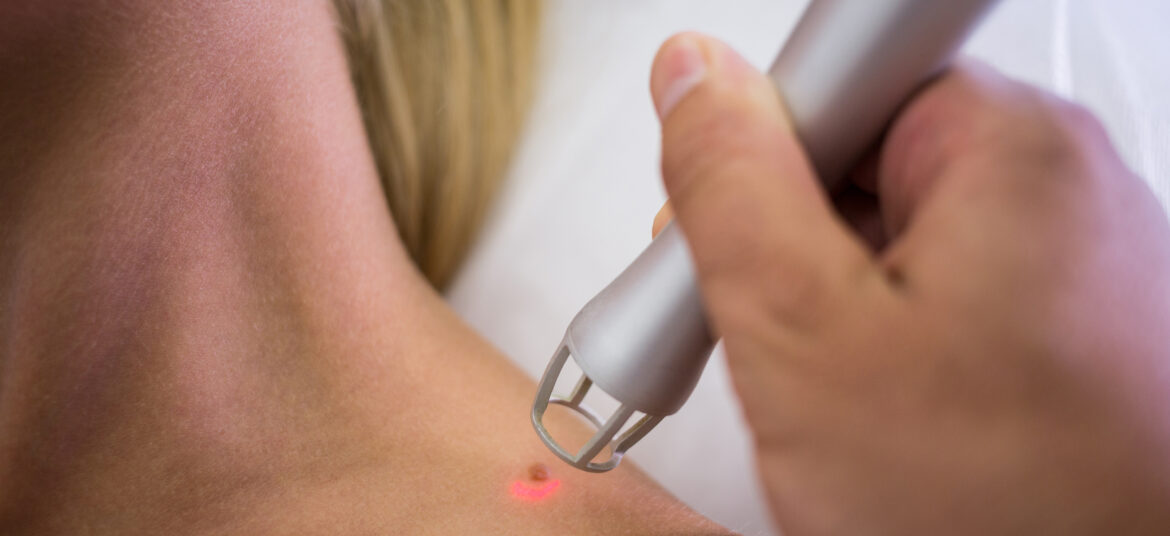- skinandbeyond99@gmail.com
- Mon - Sat: 9.30 am - 8.30 pm
Skin biopsies
- Home
- Skin biopsies
Our Services

Best Dermatologists & Trichologists In Your City

Founder Dr Bharathi
How To Get Started?
If you are looking for safe, painless and effective ways to restore your youthful complexion, you can call us at the
+91 91000 51123 or fill up the ‘Get a Free Quote’ form on our website to get started with our signature skin lightening services.

Skin biopsies are essential diagnostic procedures used to evaluate various skin conditions, including suspicious growths, rashes, infections, and other abnormalities. This minimally invasive technique involves removing a small sample of skin tissue, which is then examined under a microscope to identify underlying issues. It plays a crucial role in diagnosing skin cancers, inflammatory skin diseases, and autoimmune conditions, enabling doctors to provide accurate treatment plans based on the findings.
There are different types of skin biopsies, each suited for specific conditions. A shave biopsy removes the top layers of the skin and is commonly used for diagnosing superficial skin lesions. A punch biopsy extracts a deeper, cylindrical sample using a specialized tool, making it ideal for assessing conditions that affect multiple skin layers. An excisional biopsy involves removing an entire lesion along with a margin of surrounding tissue, often performed when skin cancer is suspected. The choice of biopsy method depends on the nature and location of the skin concern, ensuring a precise and effective diagnosis.
The procedure is quick and performed under local anesthesia to ensure minimal discomfort. Most skin biopsies take only a few minutes, and patients can resume normal activities shortly after. Following the biopsy, the sample is sent to a laboratory for analysis by a pathologist, with results typically available within a few days. Depending on the findings, further treatment may be recommended, ranging from topical medications to more advanced medical interventions.
After the biopsy, patients may experience mild redness, swelling, or slight discomfort at the site, but these effects subside within a few days. Proper wound care, including keeping the area clean and applying prescribed ointments, helps ensure quick healing and reduces the risk of scarring or infection. Skin biopsies are a vital tool in dermatology, offering clarity and confidence in diagnosing and managing various skin conditions while guiding appropriate treatment strategies.
Skin biopsies are a fundamental part of dermatological care, providing critical insights into a wide range of skin conditions. Whether it is a persistent rash, an unusual mole, or a lesion that has changed in appearance, a biopsy helps determine whether the condition is benign, inflammatory, infectious, or malignant. By analyzing a small skin sample, doctors can make accurate diagnoses, ensuring timely and effective treatment. This procedure is especially important in the early detection of skin cancers like melanoma, basal cell carcinoma, and squamous cell carcinoma, where early intervention significantly improves outcomes.
The biopsy process is straightforward and typically performed in a clinical setting. After cleansing the area, a local anesthetic is administered to numb the skin, ensuring the patient’s comfort. The type of biopsy performed depends on the suspected condition. A shave biopsy removes a thin layer from the surface, while a punch biopsy extracts a deeper tissue sample. An excisional biopsy removes an entire lesion, often used when skin cancer is suspected.

